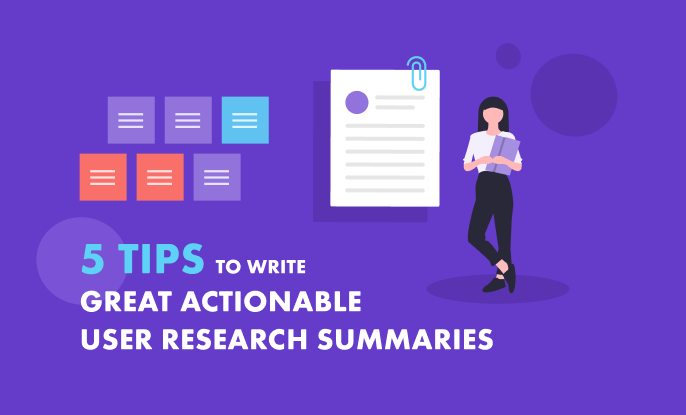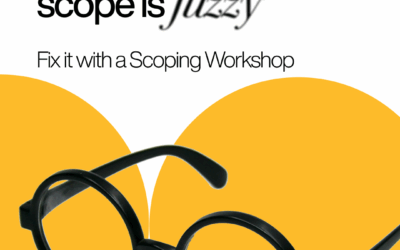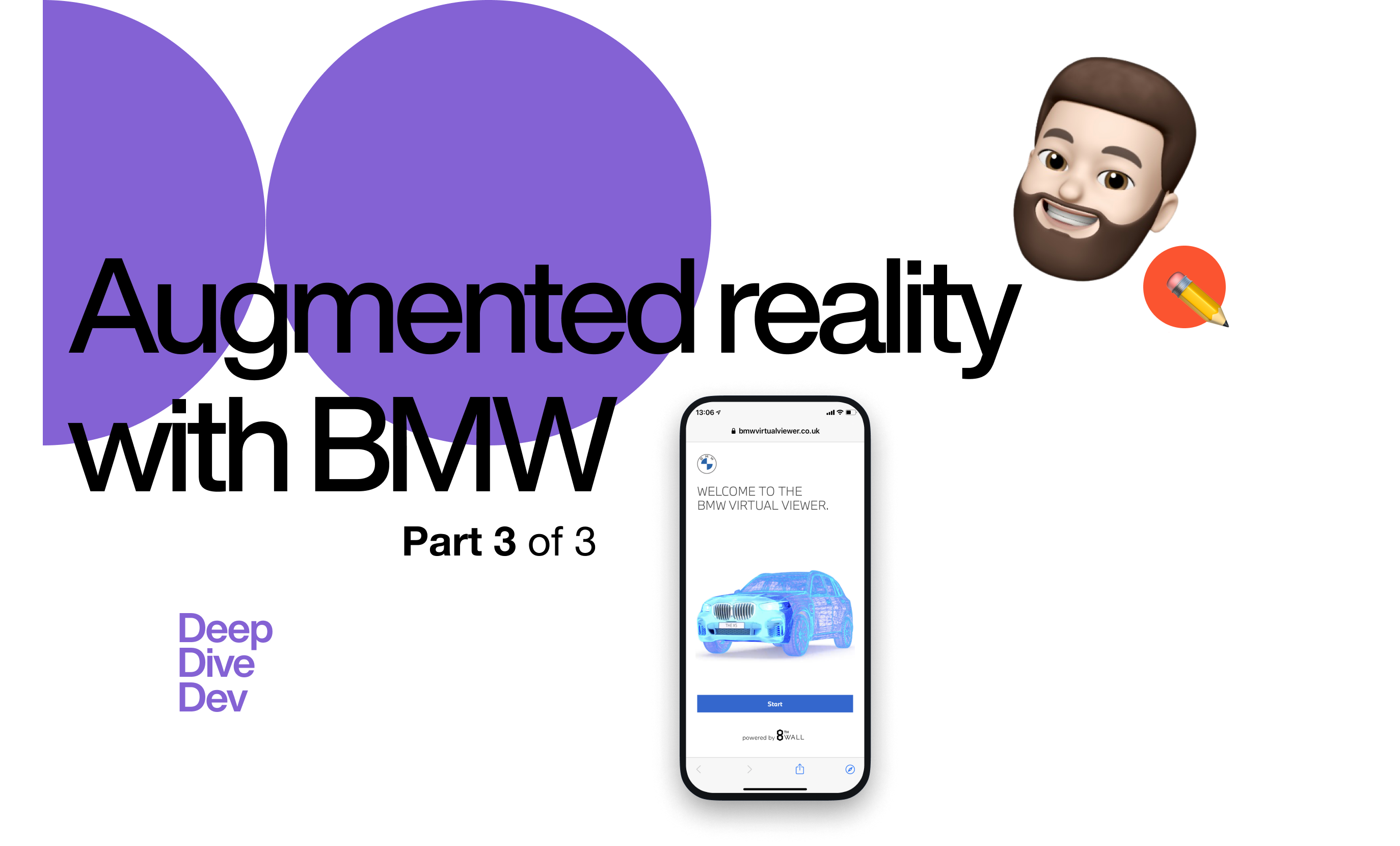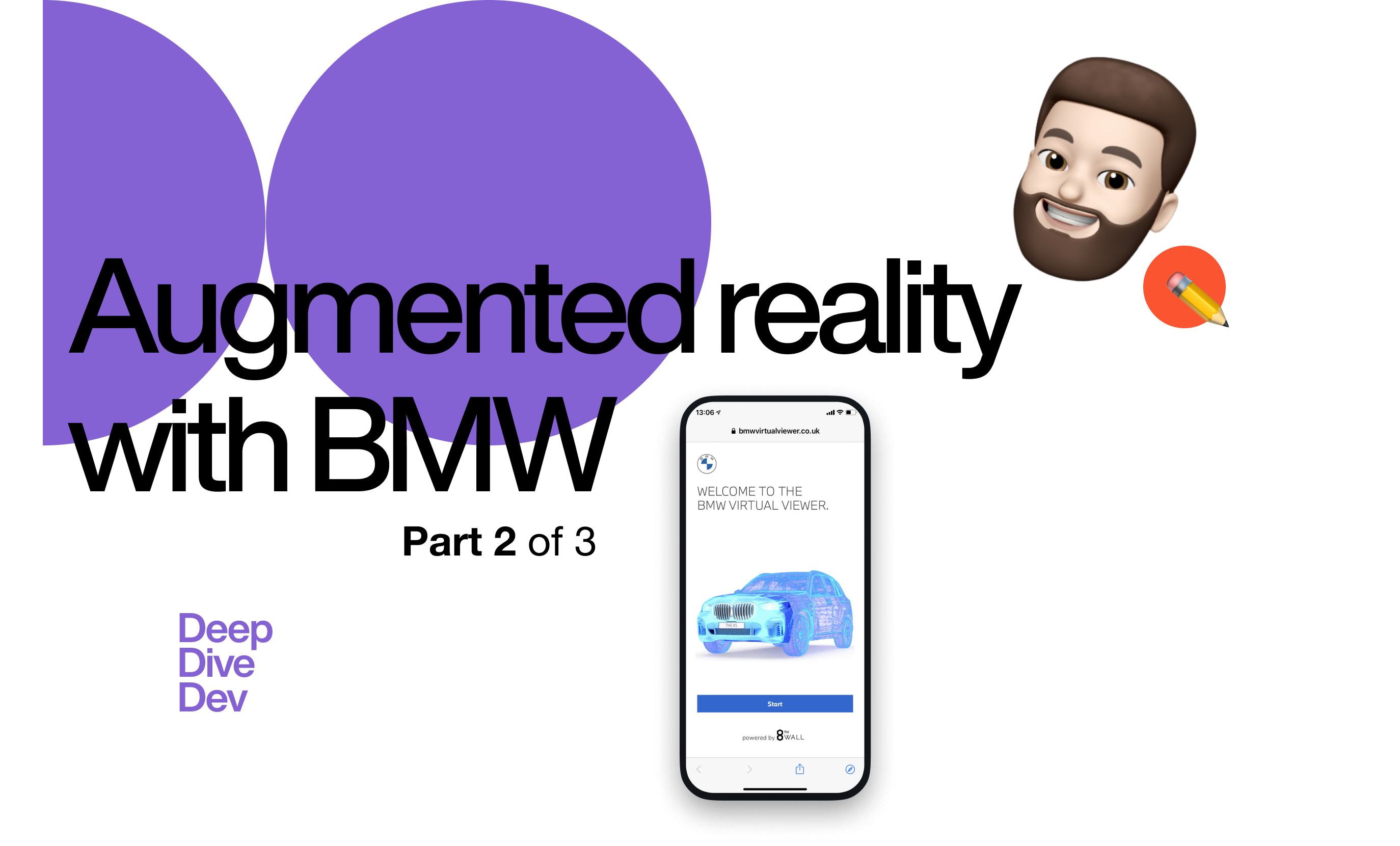User research summaries serve a very particular purpose. They are meant to gather and explain user testing findings in a way that is very easy to understand and store. Writing a good user research summary can be tricky for beginners. While it might seem like a difficult task, there are always ways to make it easier.
If you need to learn how to write these research summaries easily, you found the right place. Here are 5 simple and easy to follow tips to help you achieve the best outcome.
5 tips to actionable user research summaries
1. Go through your research findings once again
The very first place to get started is right in your hands. The findings you have collected are the best thing to get started with. In most cases, a user research summary is put together by the use of interviews. If this is the way you did it, you need to go through the information you collected again.
This might seem tedious, but it has a lot to offer you. The most important thing in this project is paying attention to detail. The better you know the information you have gathered, the easier it will be for you to put them in order. Before you start to write anything, understanding everything you have gathered is the most important step.
2. Keep notes or put together an outline
After you have completed the first step, it is time to start taking notes. This can be done in any way you consider easy. Whether you choose to simply write ideas in your smartphone or a notepad or even create a detailed outline is up to you. The goal here is to make your work as easy as possible for you to put together.
When you write these notes, you need to make sure that you know what information to collect. Some of the most important things to keep track of are the following:
- The goals the researchers had and their primary and potentially their secondary objectives
- A brief summary of their most important findings
- The methodology they followed
- The participants they included in the study
- Their findings in a more detailed fashion
- Ethical and other issues they might have encountered
- Recommendations for future research and discussion
All of these points will allow you to shape a basic outline, which you can later enhance. Some of this information will be very easy to extract. Other points you will need to read more on in order to write about them well. This is exactly why knowing and understanding the findings you have collected is crucial in such situations.
3. Exclude repetitive information
After creating a basic outline, you will have probably put a lot of similar ideas in order. This is oftentimes an issue because, in interviews with a physical person, they don’t always follow one line of thought. The best thing you can do is go through the notes you have kept and see where it is possible to exclude information.
If you are planning on mentioning something in another spot of your summary, you might be able to exclude it. This will help you decrease the amount of information you have collected. In addition, it will make the writing process a lot easier and more straightforward. The less repetitive details you have to deal with, the easier your job will end up being.
4. Proofread and edit your written content
A step many writers consider crucial in their writing process is proofreading and editing their content. This might not seem important in such a piece of content, but it truly is necessary. Even if you are new to writing a custom research paper, there are many ways to get this done. No matter which way you choose, it will help you avoid making these small and unnecessary mistakes.
You can easily use the help of proofreading and editing tools and services such as Grammarly, BestEssaysEducation, Hemmingway Editor, and ClassyEssay. These are easy to use, and depending on your budget, can help you achieve the most professional results. This way, the content of your summary will look professional and well-written.
5. Gather and include relevant quotes
Last but not least, another important thing you should do is use quotes. Anthony Brooke, a content creator for GrabMyEssay, said that: “When interviewing someone, it is very helpful to use their words exactly as they said them. This serves as social proof that can help give your content more weight”.
This is something that can be done at the very end of your writing process as it does not require much time. The way to achieve this is simple. You can listen to the interview one last time or read through your notes. When the person or team you interviewed said something important or useful, you can write it down.
You just need to use air quotes and put their exact words in your summary. Since you will be at the end of the writing process, putting the quotes in place will prove very easy. Everything will already be in place, and you will just need to add the quotes in the right places. This process is not only easy to do but also helps your summary appear more professional and reliable.
Finding the best way to write actionable user research summary
Depending on the type of content you wish to create, there are plenty of tips you can follow. Each will help you develop your own writing style and allow you to gather information correctly. This way, you will be able to write the perfect actionable user research summaries.
The tips mentioned previously will help you get a better understanding of how to get started. Following them correctly will help you write great quality content. As a result, your summaries will appear more professional and well put-together.
Which of these writing tips are you looking forward to trying for yourself?
About the author
Kristin Savage is a professional writer and editor for SupremeDissertations and TopEssayWriting. Kristin loves to create content helpful for her audience. This is exactly why she frequently creates content for platforms such as Subjecto. In her spare time, Kristin loves to read and spend time outdoors.






Have a look at our social media